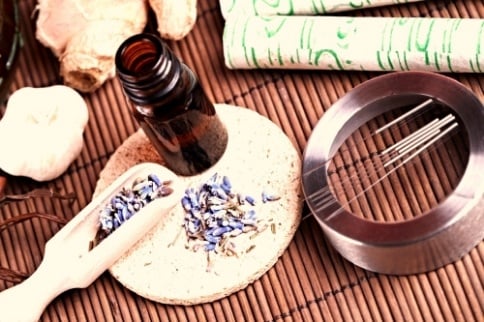
Herbalists are trained in the healing properties of medicinal plants and consult with their clients about how to improve their health with these natural preparations. The two most recognized ways to become a professional herbalist is by either becoming a Naturopathic physician or Chinese medicine practitioner.
.jpg?width=223&height=335&name=herbs_students_(3).jpg) Herbal Medicine Careers
Herbal Medicine Careers
Herbal medicine can be practiced and integrated into other professions in a variety of ways:
- As a licensed acupuncturist and Chinese herbalist (in most states)
- As a naturopathic physician (in some states)
- As herbal educators in institutions/schools, industry/retail or community settings
- Medicinal plant research (may include phytochemistry, pharmacognosy, agriculture/horticulture, botanical authentication, etc.)
- Herbal medicine can create a niche market or clientele for landscapers, medicinal herb growers or plant nurseries
- Massage therapists with herbal training, often include/utilize topical herbal preparations
- Small scale herbal manufacturing with emphasis on tonic teas, medicated honeys and topical preparations (food-like preparations or topical preparations are the least invasive and least problematic legally)
Herbal Medicine Programs
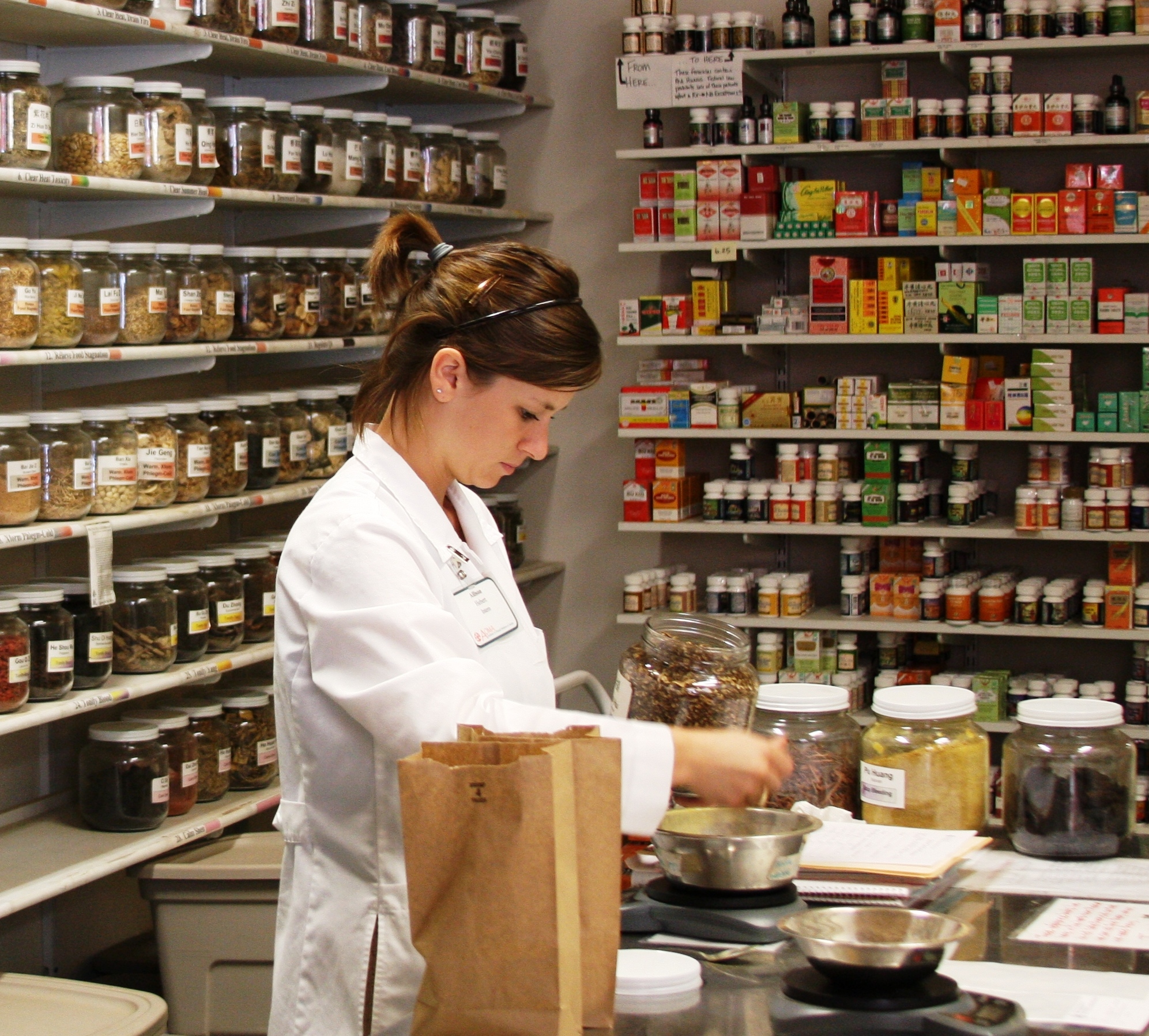.jpg?width=293&height=264&name=herbs_(2).jpg) The American Herbalist Guild (AHG), a non-profit, educational organization that works to promote a high level of professionalism and education in the study and practice of therapeutic herbalism, recommends that a program of herbal education includes courses in botany, therapeutic herbalism and pharmacognosy (the study of drugs derived from plants and other natural sources). Classes in basic human sciences, including anatomy, pathology, physiology and nutrition are also a fundamentally important part of the curriculum. In addition, the AHG recommends students get training in counseling, physical assessments, dosing strategies and other clinical skills.
The American Herbalist Guild (AHG), a non-profit, educational organization that works to promote a high level of professionalism and education in the study and practice of therapeutic herbalism, recommends that a program of herbal education includes courses in botany, therapeutic herbalism and pharmacognosy (the study of drugs derived from plants and other natural sources). Classes in basic human sciences, including anatomy, pathology, physiology and nutrition are also a fundamentally important part of the curriculum. In addition, the AHG recommends students get training in counseling, physical assessments, dosing strategies and other clinical skills.
The study of Chinese herbalism usually occurs within an accredited acupuncture and Oriental medicine program. The herbal curriculum within most Chinese medicine programs will include an in-depth study of the Chinese Materia Medica, theoretical principles and practical application of traditional Chinese dietetics, individual herbs and their functions, hands-on herbal labs, preparation of herbal formulations, and modification of classical formulas.
Apprenticeships
Apprenticeships are incredibly helpful in integrating the “knowing and the doing”. Apprenticeships are not a typical component of most western herbalism programs but are often sought after by herb students looking for a supervised introduction to working with clients and gaining valuable clinical experience.
The American Herbalist Guild has a mentoring program that supports student practitioners (or mentees), to develop their clinical skills by linking student practitioners with those who have significant clinical herbal experience.
Students who study herbal medicine within an accredited Chinese medicine degree program students practice herbal formulation with modifications as well as prescribe Chinese patent herbs under supervision. A minimum of 72 hours of herbal clinic internship hours are required in AOMA’s herbal program.
Recognition
Currently, the US healthcare system does not recognize western herbal practitioners as healthcare providers in and of themselves. There are currently no federal or state agencies that regulate western herbal practice. Naturopathic doctors are licensed to use this therapeutic modality in the 17 states that recognize ND’s as primary care providers.
While some countries have minimum education standards to be an herbalist, standards are not the same between or even within countries. Medical herbalists are licensed by The National Institute of Medical Herbalists (NIMH), the UK’s leading professional body representing herbal practitioners. Members are required to have professional indemnity, public liability and medical malpractice insurance.
To practice Chinese herbal medicine in most states, one must also hold an acupuncture license, although states vary in their requirement of other TCM components like herbal medicine. Almost all licensing states require completion of the National Certification Commission for Acupuncture and Oriental Medicine’s(NCCAOM) national written exam which offers distinct certification programs in acupuncture, Chinese herbs, and Asian bodywork.
About the author:
J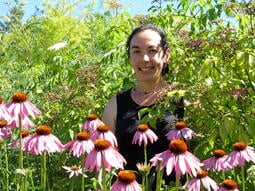 enny Perez has been working to re-connect plants and people for more than 15 years by sharing her passion and practices of urban horticulture, kitchen medicine and therapeutic nutrition. She managed the Bastyr University medicinal herb garden for 7 years, was adjunct faculty for their Botanical Medicine Department for 5 years and created and directed the Holistic Landscape Design certificate program. Currently, she works as the Education Coordinator for the American Botanical Council. Founded in 1988, the American Botanical Council is a leading international nonprofit organization using science-based and traditional information to promote responsible use of herbs, teas, medicinal plants, essential oils, and other beneficial plant-derived materials.
enny Perez has been working to re-connect plants and people for more than 15 years by sharing her passion and practices of urban horticulture, kitchen medicine and therapeutic nutrition. She managed the Bastyr University medicinal herb garden for 7 years, was adjunct faculty for their Botanical Medicine Department for 5 years and created and directed the Holistic Landscape Design certificate program. Currently, she works as the Education Coordinator for the American Botanical Council. Founded in 1988, the American Botanical Council is a leading international nonprofit organization using science-based and traditional information to promote responsible use of herbs, teas, medicinal plants, essential oils, and other beneficial plant-derived materials.


 This month, we’re happy to introduce Jillian Kelble, Admissions Coordinator, who works with prospective students and applicants in the Admissions Office.
This month, we’re happy to introduce Jillian Kelble, Admissions Coordinator, who works with prospective students and applicants in the Admissions Office.
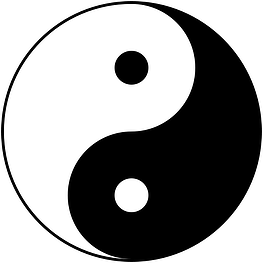

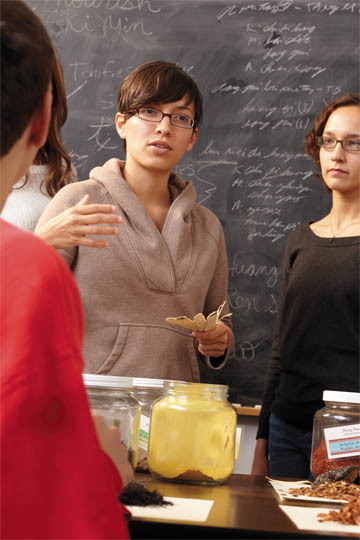.jpg?width=174&height=261&name=classroom_herbs_students-w_(1).jpg)
.jpg?width=174&height=261&name=clinic_lac_(3).jpg)
.jpg?width=174&height=261&name=clinic_supervisor_(6).jpg)
.jpg?width=174&height=261&name=faculty_student_interaction-w_(2).jpg)
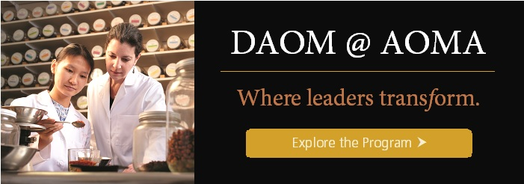
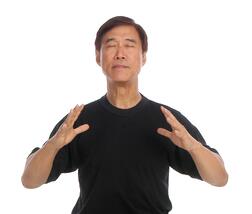
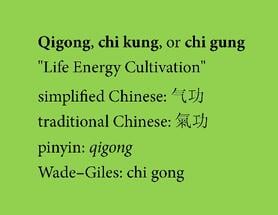 The word Qigong (chi kung or chi gung) is made up of two Chinese words. Qi (pronounced chee) is usually translated to mean the life force or vital-energy that flows through all things in the universe. The second word, Gong (pronounced gung) means work or cultivation. Together, Qigong means life energy cultivation.
The word Qigong (chi kung or chi gung) is made up of two Chinese words. Qi (pronounced chee) is usually translated to mean the life force or vital-energy that flows through all things in the universe. The second word, Gong (pronounced gung) means work or cultivation. Together, Qigong means life energy cultivation.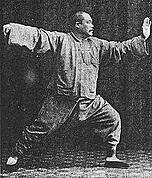 What is Tai Chi?
What is Tai Chi?
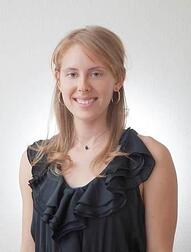 Elaina Stover received a $2,000 scholarship from Trudy McAlister Foundation for her acupuncture program studies at AOMA Graduate School of Integrative Medicine, one of the leading graduate schools of acupuncture and Chinese medicine in the nation.
Elaina Stover received a $2,000 scholarship from Trudy McAlister Foundation for her acupuncture program studies at AOMA Graduate School of Integrative Medicine, one of the leading graduate schools of acupuncture and Chinese medicine in the nation.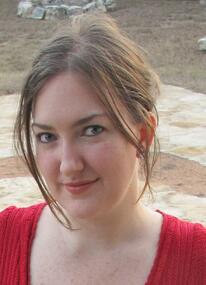 Tara Lattimore is an acupuncture student in AOMA’s MAcOM program and hopes to graduate in 2014. For Tara, choosing to become an acupuncturist was an easy and natural path to take. She says, “My family would get weekly reflexology and acupressure treatments in Indonesia and while we used to be nutritionally challenged and eat dinner in front of the TV, we got into mindful eating after my Dad read Michael Pollen’s
Tara Lattimore is an acupuncture student in AOMA’s MAcOM program and hopes to graduate in 2014. For Tara, choosing to become an acupuncturist was an easy and natural path to take. She says, “My family would get weekly reflexology and acupressure treatments in Indonesia and while we used to be nutritionally challenged and eat dinner in front of the TV, we got into mindful eating after my Dad read Michael Pollen’s 
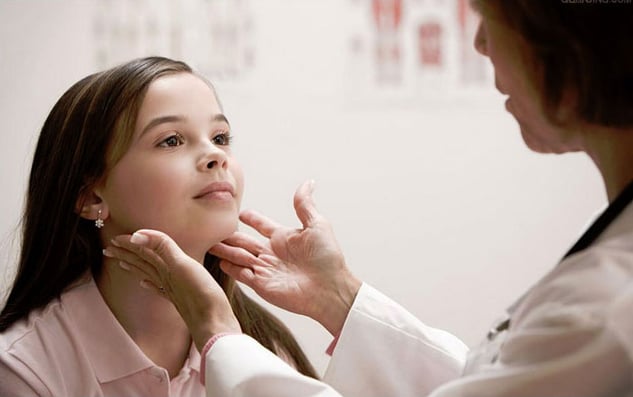


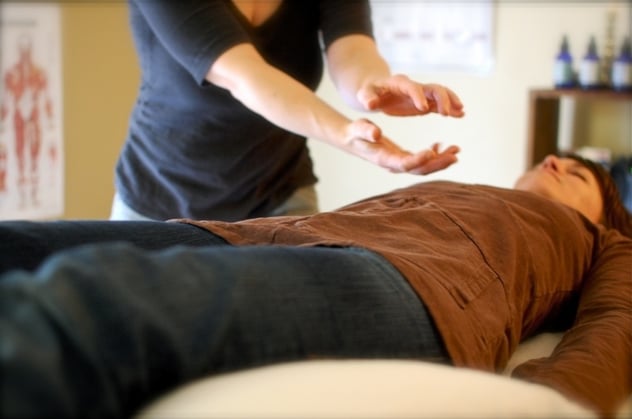
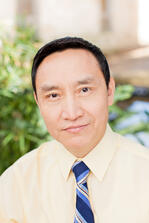 that you don’t need the acupuncture needles – they are just a convenience. Anything you can do with an acupuncture needle can be accomplished just as well with energy. It was one four second moment in a single lecture, but I’ve never forgotten it. It might be the one of the most profound moments of my education. I think of every treatment I give as a Reiki/Medical Qigong treatment. Acupuncture needles are just very convenient antennae which focus and transmit Universal Qi. It has made a huge difference in how I treat patients.
that you don’t need the acupuncture needles – they are just a convenience. Anything you can do with an acupuncture needle can be accomplished just as well with energy. It was one four second moment in a single lecture, but I’ve never forgotten it. It might be the one of the most profound moments of my education. I think of every treatment I give as a Reiki/Medical Qigong treatment. Acupuncture needles are just very convenient antennae which focus and transmit Universal Qi. It has made a huge difference in how I treat patients.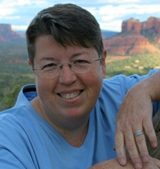 an active clinical practice treating patients with conditions such as pain, allergies & respiratory infections, and substance addiction, as well as chronic disorders like arthritis, diabetes, neurological disorders, endocrine disorders, and cardio/circulatory disorders. A certified Usui Reiki practitioner and trainer, she also specializes in relaxation and meditation therapies such as reiki, medical qigong, and guided meditation. Ms. Calhoun is committed to implementing affordable healthcare options using oriental medicine and manages an on-site corporate wellness practice in addition to her private clinical practice. She is the owner and creator of CatsTCMNotes.com and has instructed at AOMA since 2012.
an active clinical practice treating patients with conditions such as pain, allergies & respiratory infections, and substance addiction, as well as chronic disorders like arthritis, diabetes, neurological disorders, endocrine disorders, and cardio/circulatory disorders. A certified Usui Reiki practitioner and trainer, she also specializes in relaxation and meditation therapies such as reiki, medical qigong, and guided meditation. Ms. Calhoun is committed to implementing affordable healthcare options using oriental medicine and manages an on-site corporate wellness practice in addition to her private clinical practice. She is the owner and creator of CatsTCMNotes.com and has instructed at AOMA since 2012.